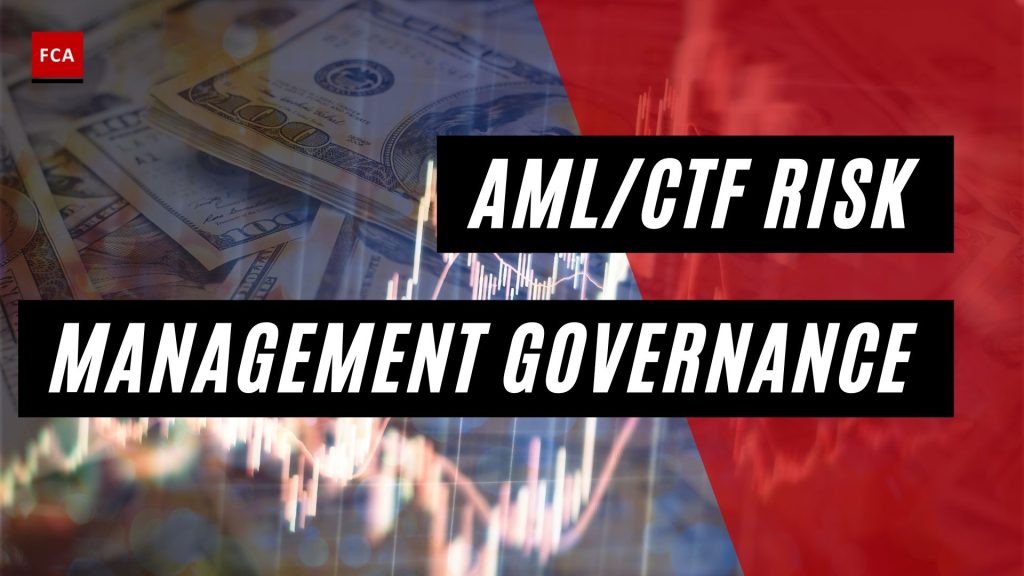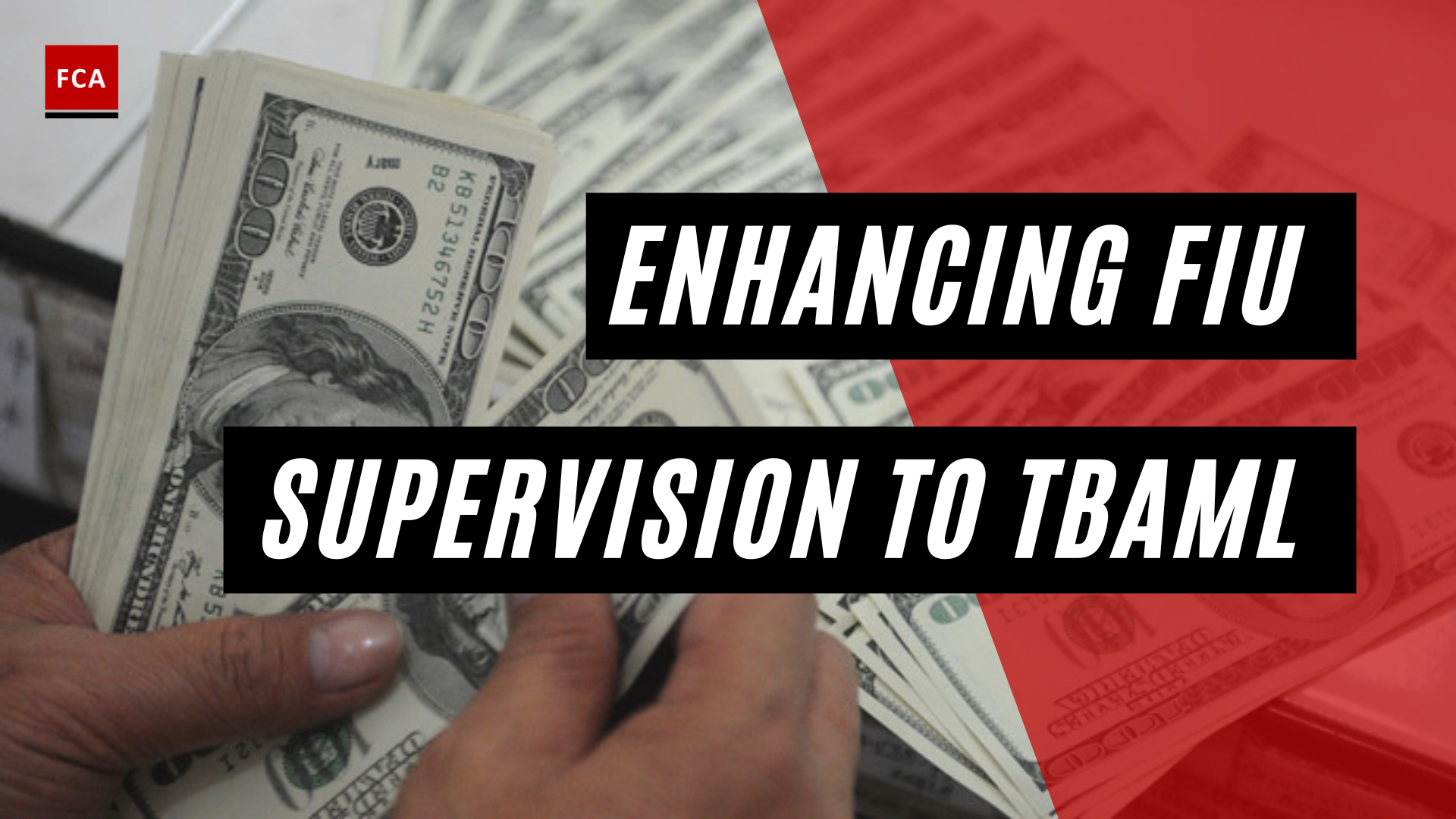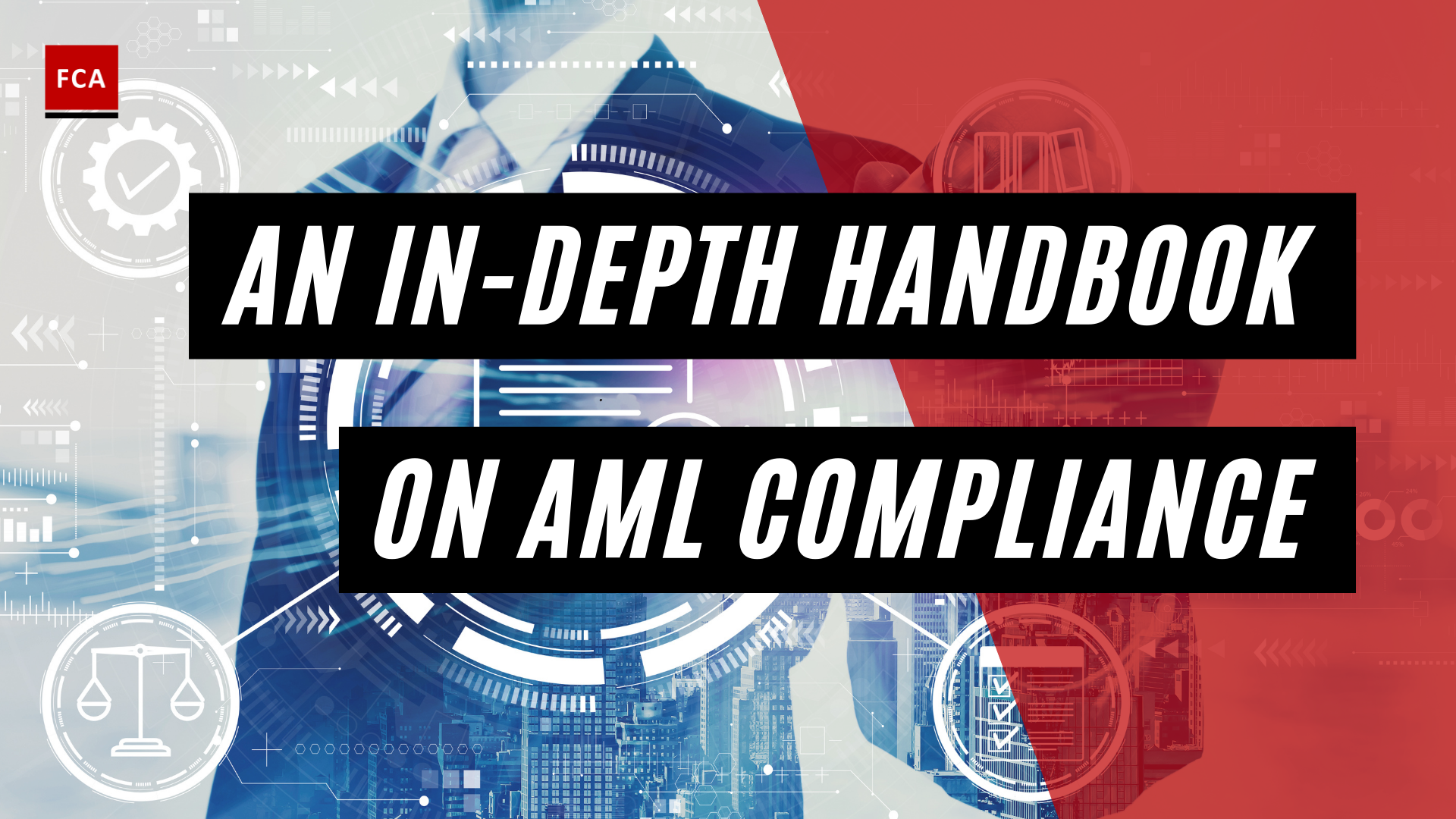AML/CTF Risk management governance refers to the policies, procedures, and structures that organizations put in place to manage risks effectively. Risk management practices, on the other hand, refer to the processes and techniques that organizations use to identify, assess, and mitigate risks.
AML (Anti-Money Laundering) and CTF (Counter-Terrorist Financing) are two critical components of financial risk management. Effective AML/CTF risk management practices are essential for financial institutions to ensure compliance with regulatory requirements and to mitigate risks related to money laundering and terrorist financing.
A sound governance structure is the foundation of an effective AML/CTF program. It includes the board of directors and senior management setting the tone at the top, hiring a qualified Money Laundering Reporting Officer, and properly resourcing the three lines of defense.
In an organization, the board of directors is primarily responsible for setting a strong compliance culture and implementing the compliance program, including the performance of the regular AML/CTF risk assessment process. The “tone at the top” ensures that AML/CTF risk assessment practices are implemented throughout the organization.

AML/CTF Risk Management Governance and Practices
To ensure appropriate oversight of the AML/CTF risk assessment process, the board of directors forms a board-level sub-committee to periodically monitor the ML/TF risks and counter AML/CTF controls proposed and implemented by the MLRO under the supervision of the committee. The board of directors may delegate the responsibility to the Board Compliance Risk Management Committee or BCRMC. The members of the BCRMC periodically conduct compliance risk assessment result meetings, where significant compliance risks, assessment results, new compliance requirements, and emerging ML/TF risks are reviewed and discussed.
The BCRMC provides oversight and guidance to the Management-Level Compliance Committee to implement the compliance risk assessment program approved by the BCRMC. The MLRO and Compliance Risk Assessment team form the processes, reporting lines, systems, and structures that provide the basis for compliance risk assessments.
For AML/CTF compliance risk assessment to be effective, an appropriate control environment should demonstrate the following behaviors:
- The board reviews AML/CTF compliance risk assessment results periodically
- The board determines whether there is an audit and control system in place to periodically test the high risks identified during the compliance risk assessment process by MLRO and the compliance team
- The board ensures that independence compliance risks reviews are performed
- The board ensures that an appropriate remedial action plan is devised and implemented to counter the identified ML/TF risks, especially high ML/TF risks
- The board and management ensure appropriate collaboration and communication between the compliance risk assessment team and relevant process owners
The BCRMC ensures the board-approved Compliance Risk Assessment Program is implemented by the AML/CTF compliance team. The Management Level AML/CTF Compliance Risk Committee works on behalf of the BCRMC to regularly perform risk assessments for important areas and roles, including customers, products, services, and delivery channels.

To perform AML/CTF risk assessment, the MLRO needs to do the following:
- Have the necessary authority and access to resources to implement an effective compliance program and make any desired changes
- Know different functions, processes, and structures
- Have knowledge of existing and emerging ML/TF risks and ML/TF risk trends
- Understand AML/CTF compliance requirements per applicable laws and regulations
To perform AML/CTF risk assessments, the MLRO is mainly responsible for the following:
- Ensure compliance with applicable AML/CTF and KYC laws, rules, regulations, and instructions
- Review the end-to-end implementation of the AML compliance program and other AML/KYC policies, procedures, methods, tools, etc.
- Determine the resources required to perform AML/CTF risk assessment
- Identify high-risk category customers, products, and delivery channels
- Review customer accounts to identify suspicious activities and transactions
- Review other regulatory compliance-related policies and procedures in addition to AML/CTF policies
- Coordinate with senior management and other employees to perform a risk assessment
- Review the regulatory inspections or investigations reports and identify key AML/CTF-related risks to be accounted for in the risk assessment process
Final Thoughts
Effective risk management governance requires a strong commitment from an organization’s leadership, clear accountability for managing risks, and a culture that values risk management. This includes establishing a risk management framework that outlines the organization’s risk appetite, risk assessment methodology, and risk management process.

Effective AML/CTF risk management practices require a comprehensive risk assessment, policies and procedures, training and awareness, compliance monitoring and testing, reporting and recordkeeping, and oversight and governance. Financial institutions that implement these practices will be better positioned to manage the risks associated with money laundering and terrorist financing and to comply with regulatory requirements.









